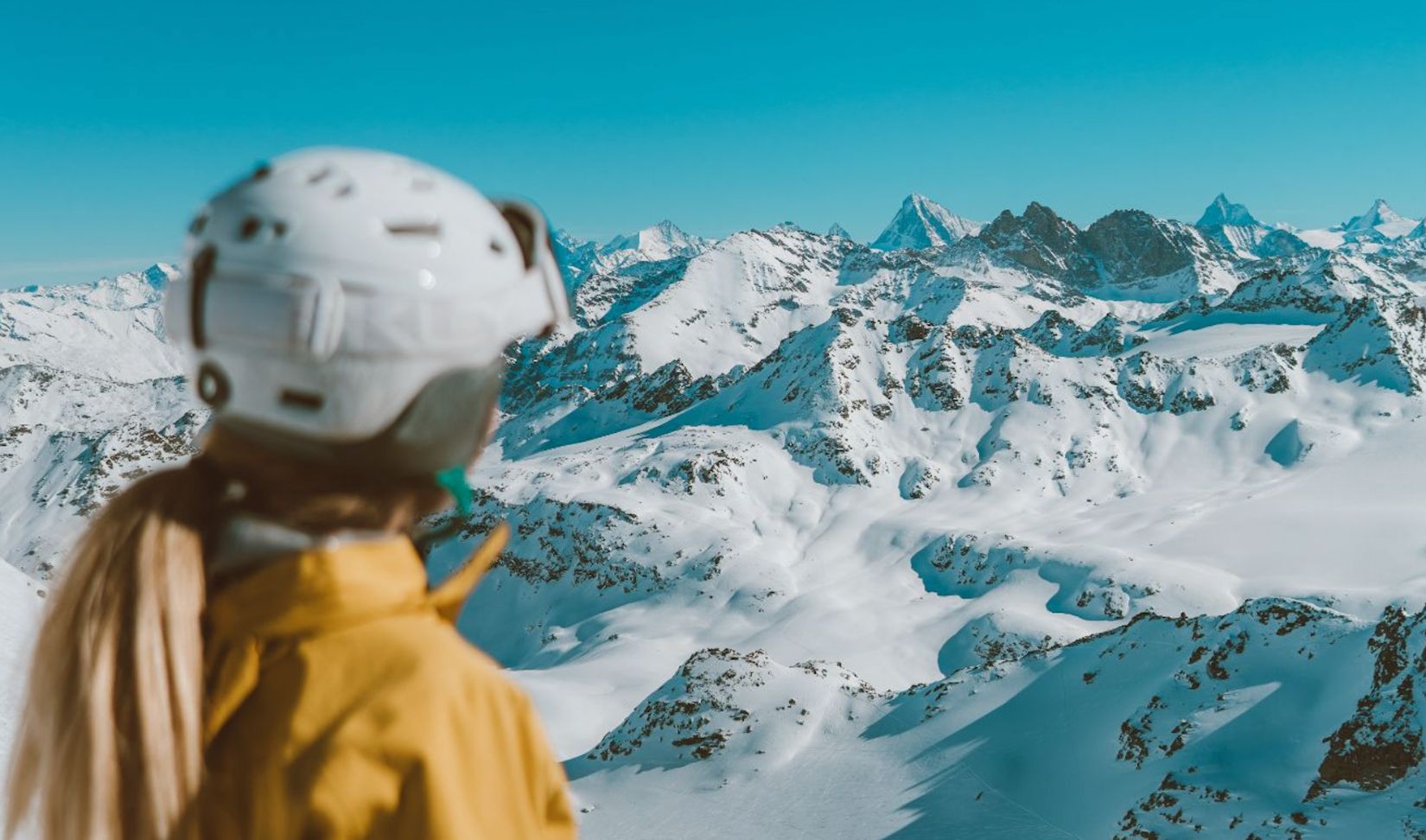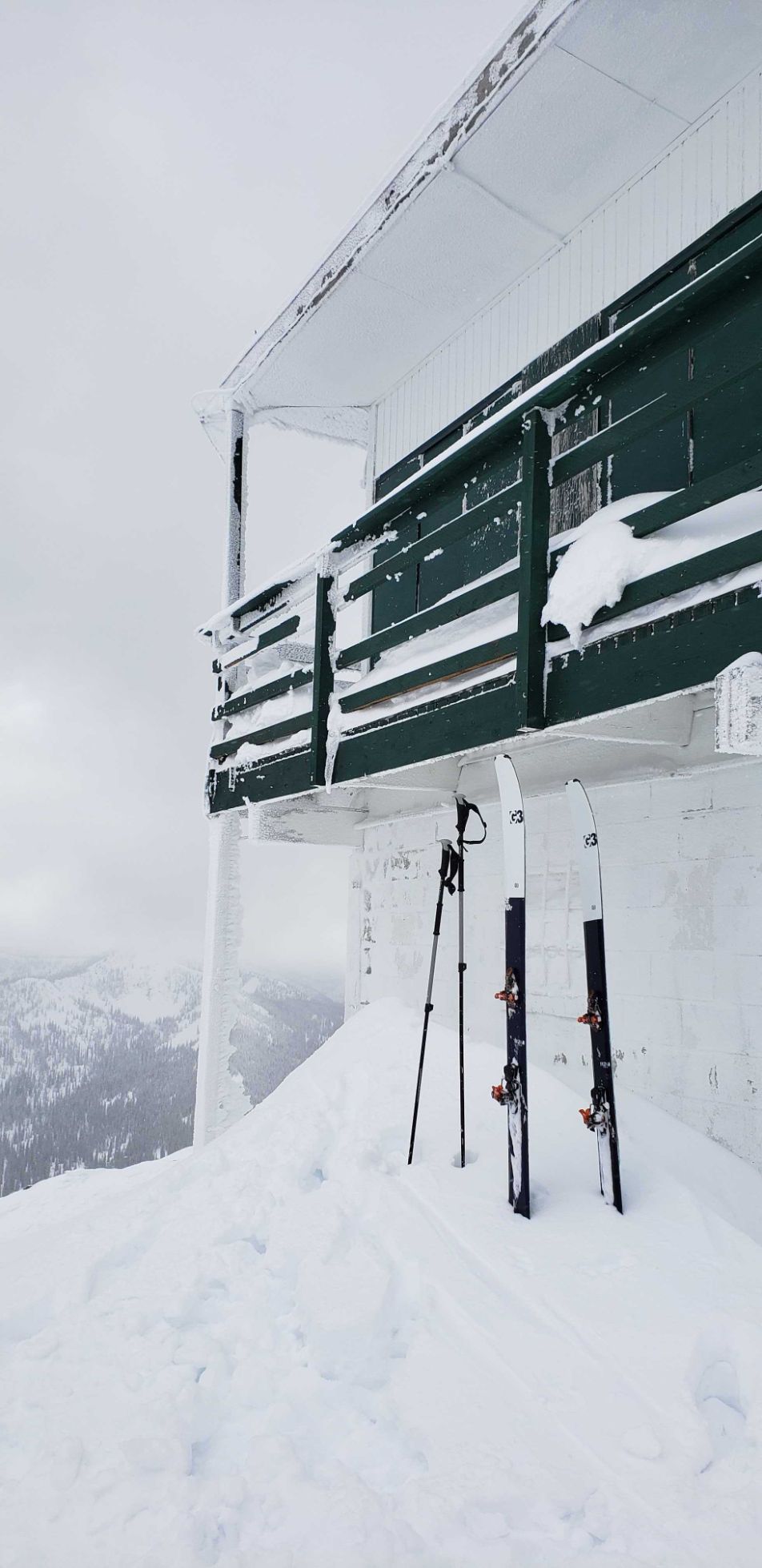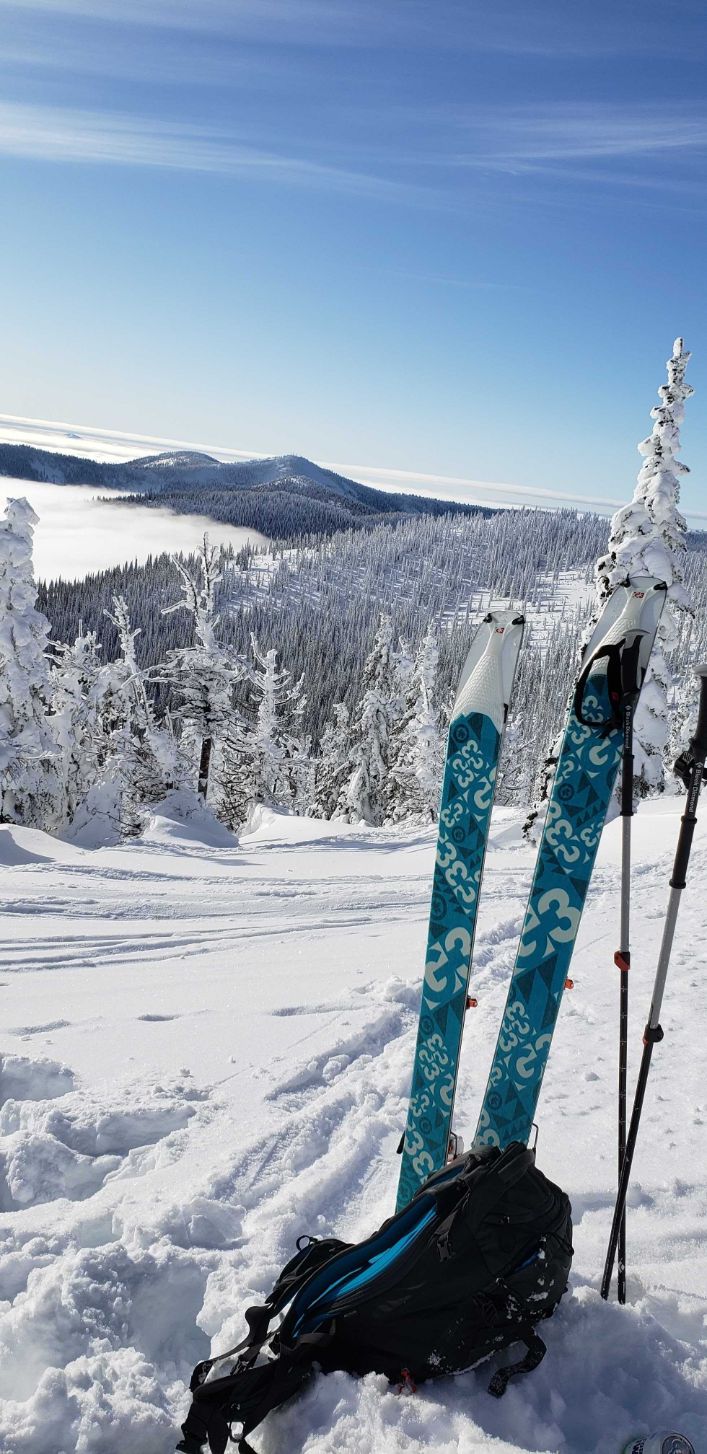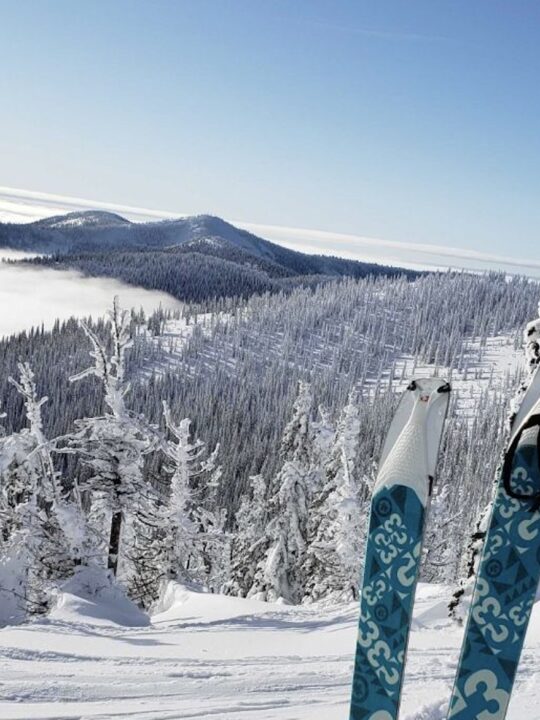The two most impactful pieces of backcountry skiing gear are your skis and your boots. While the other gear plays an important role, skis and boots are the things your going to notice the most on every step and every turn. When it comes to these two pieces of gear, there’s this paradoxical problem of wanting something that’s lightweight and flexible on the uphill, but burly and stiff for the descent. You want to be able to climb efficiently and comfortably, but you don’t want that feathery gear to hold you back from floating on powder and charging the descent. The G3 SENDr skis are a valiant solution to this paradox.
So, you like powder…
Same. Let’s be friends. I bought the G3 SENDr’s because when I go backcountry ski touring I am seeking out the untouched, deep fluffy white stuff. My logic is, hey, if I’m going to earn my turns, they better be great f***ing turns. I typically go on half a dozen ski touring days per year, where I typically seek out low-angle slopes, #avvsavvy, with deep snow and fun terrain. The G3 SENDr’s fit this mold perfectly.
To have fun in the deep stuff, you need skis with some width. This will help you stay on top of the snow, giving you speed, control, and that magical floating sensation all skiers dream of. However, the issue with wide skis while ski touring is that wide means more material and more material means heavier. This can make wide skis undesirable for ski touring since that extra weight needs to be carried up the slope. But the SENDr’s are extremely lightweight (1,615 grams per ski at 174cm length) for how wide they are thanks to their partially carbon construction. I knew that I was getting light skis, but I was still amazed when I picked them up out of the box for the first time and held them. Your brain goes “a ski that wide should not feel that light.”

Lightweight powder seekers
What do all great powder skis have in common? They’re wide! Beamy! Girthy! However you want to say it, they typically range from 105-130mm waist width. Where the G3 SENDr differentiates itself from most powder skis is that it is sufficiently wide, 112mm waist width, while also being exceptionally light for this class of ski. Compare this to something like the Moment Deathwish at 1,905g per ski (same 112mm width and 174cm length) or other skis in that range and you can see that the SENDr’s save you around 580g (1.3lbs) or 15% across both skis. And trust me, you notice that difference on the climb! I combined mine with the lightweight G3 Ion binding and that’s been a winning combination.
Since G3 pioneered the lightweight fat touring ski category with the SENDr, other companies have followed suit. Some comparable skis that get good reviews would be the Black Crows Ferox Freebird, or the Faction Candide 3.0.
Carpe ski-em – but just for a day
The G3 SENDr is a great ski touring option for having an incredible time riding untouched backcountry powder, without being a burden on the climb. That said, for multi-day tours where you’ll be doing a lot of climbing, I would look for a narrower ski. Probably something in the area of 90-95mm width if you’re expecting fresh pow, such as the Black Crows Orb Freebird, the Salomon QST 92, or the Black Diamond Helio Carbon. These will keep your legs and feet happy on the climbs, while still having enough flotation for epic descents. Or, if you’re looking to cover tons of vertical over multiple days and expect you’ll be mostly skiing hardpack, then a super lightweight option in the “SkiMo” category could be worth exploring.
Ultimately, the G3 SENDr skis are the ski for you if you’re planning to do single day tours with epically floaty powder runs.


Inbounds performance review
While the G3 SENDr’s are my touring skis, on a few occasions I have ridden them inbounds. My inbounds skis are the Black Crows Atris but I’ve ridden the SENDr’s on a few runs whether simply skiing back to the parking lot after a day in the sidecountry, or when I lended my Crows to a friend whose skis got lost by his airline. On hardpack groomers I was surprised at how well they bit into the turns and the power that I could drive through them. They’re very agile skis for how wide they are and provide solid control. That said, I did find that they started to chatter at higher speeds, which is never enjoyable. But, for what they are – my ski touring powder seekers – they did just fine inbounds.
The Verdict
The G3 SENDr was a winner of Backcountry Magazine’s 2018 Editor’s Choice, along with several other awards. And I can see why! I’ve been incredibly happy with my SENDr’s so far. To date I’ve probably taken them out on 15-20 day tours and can’t say enough about them. They’re incredibly agile for how much flotation they provide, which is endless fun in the powder. Plus, I’ve never felt weighed down by them on the climb. I’ve done several multi-lap, full-length touring days on them.
Combined with my Black Crows Atris, I love my two ski quiver for the west coast. When the powder hits, I’ll typically lap the Crows inbounds for a couple days. Then, when the resort gets skied out and the avalanche conditions settle down, I’ll head out into the back or sidecountry on the SENDr’s.
G3’s Newest Fat Ski: The SLAYr
For the 2020-21 season, G3 has replaced the SENDr ski with the SLAYr. Fatter, lighter, and even more playful than the SENDr, the SLAYr sounds like boatloads of fun. As a wise prophet once said: “Buy skis for the snow you want.” That prophet was my fiancée, but still, those are words to live by.
Shop the G3 SENDr

What other gear do you need to get started with backcountry ski touring?
Check out our list of backcountry skiing essentials.

